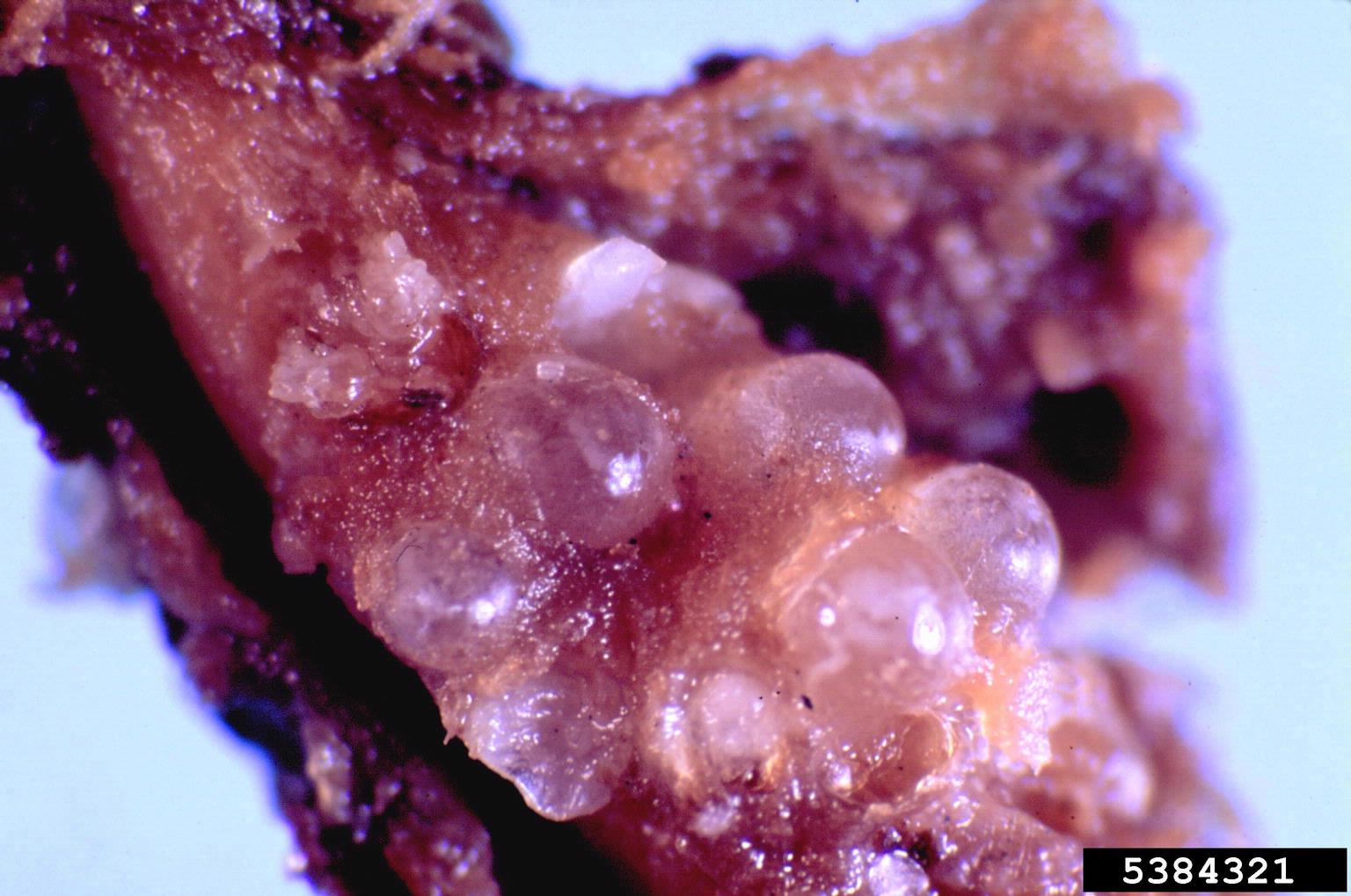[ad_1]
Have you saw a decrease in your pecan trees? Are the leading branches passing away out while fallen leaves are smaller sized or chlorotic? Also even worse, are a few of them stunted with little vegetation; while others are barren? Exist tiny galls on the rootstocks of your valued trees? It is feasible you have an illness concern such as pecan origin knot nematodes if so.
About Pecans with Root Knot Nematodes
In enhancement to those defined over, various other signs and symptoms that suggest nematodes on pecans are wilting as well as places on the fallen leaves. This problem is typically incorrect for a nutrient shortage. Check additionally for nematodes if the wellness of the tree falls short to boost after feedings of additional zinc or nickel.
Nematodes are tiny roundworms discovered in dirt, as well as in as well as on plant cells. Pecan origin knot nematodes penetrate plant cells as well as eliminate cell components with a spear-like mouthpart, called a stylet. They start by harming the origins from within, conflicting as well as producing galls with water as well as nutrient consumption. Galls create additionally up the tree. This procedure influences photosynthesis as well as nutrient uptake of brand-new branches as well as nuts.
Root knot nematodesare most likely existing in dirt as well as water that might relocate them towards your trees. They are moved by dirt on devices, shoes, or ravaged plants. Several professionals think they overwinter in dirt as eggs, waiting to hatch out the following springtime.
Nematode Control for Pecan Trees
Avoidance of this condition is most convenient, so get nematode immune supply when growing. Maintain drain around the trees remarkable to avoid contaminated water from infesting the orchard as well as resting.
If you think nematodes exist on your trees, there are a couple of ways of control for pecans with origin knot nematodes. You might solarize the soil throughout the orchard.
Treat influenced trees withpruning of the canopy Get rid of dead branches as well as trim extensively to urge origin development. This does not manage the bloodsucker, yet might maintain the tree healthy and balanced adequate to generate on a restricted degree. Urging a hefty plant is typically greater than the ravaged tree can deal with.
No chemical nematode control for pecans is readily available. When changing trees in this field, take safety measures such as dirt solarization as well as investing in trees on nematode immune rootstocks. All the much better if you can allow the land lie fallow for a year or longer. If no host is existing, pecan origin knot nematodes will at some point pass away.
[ad_2]

